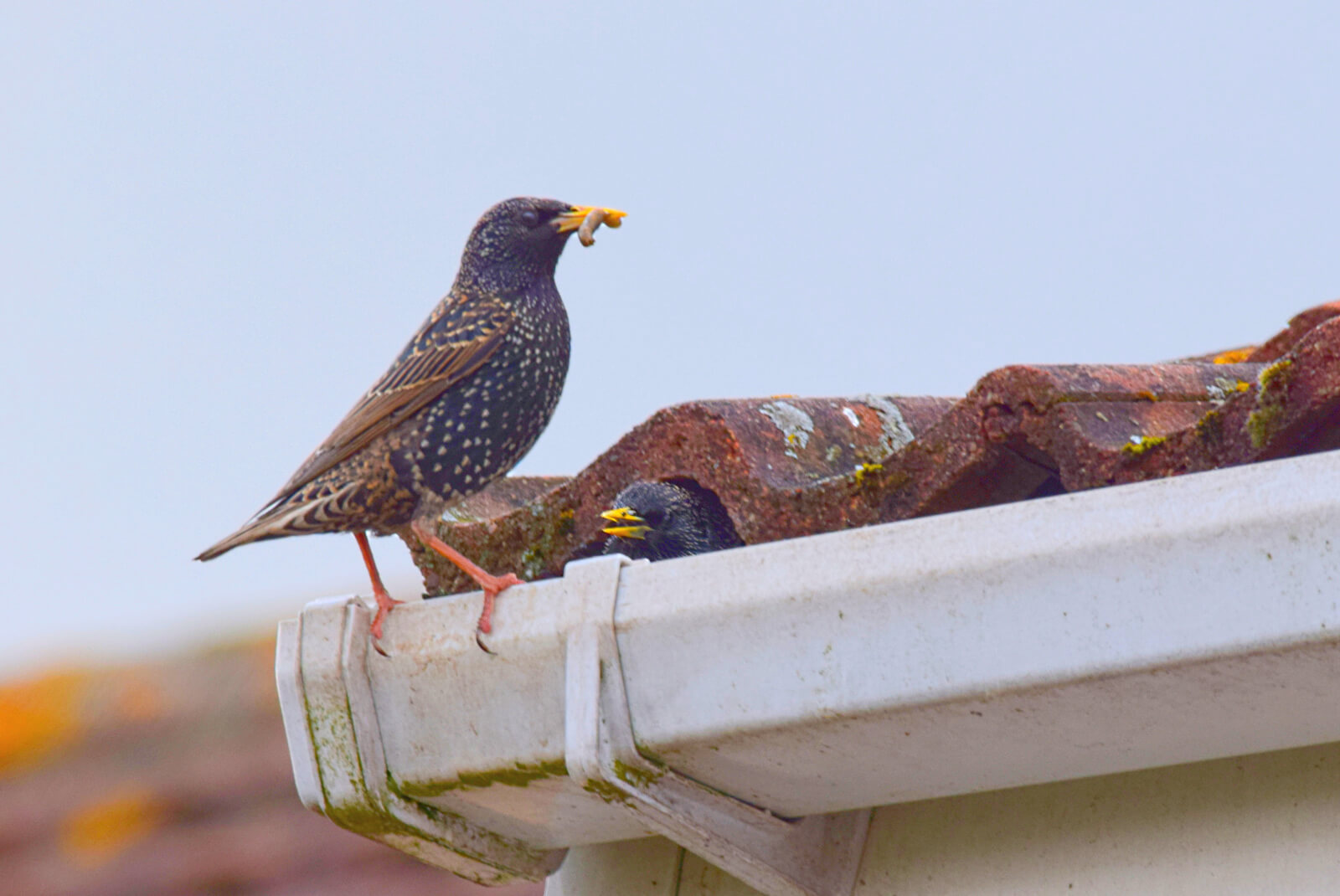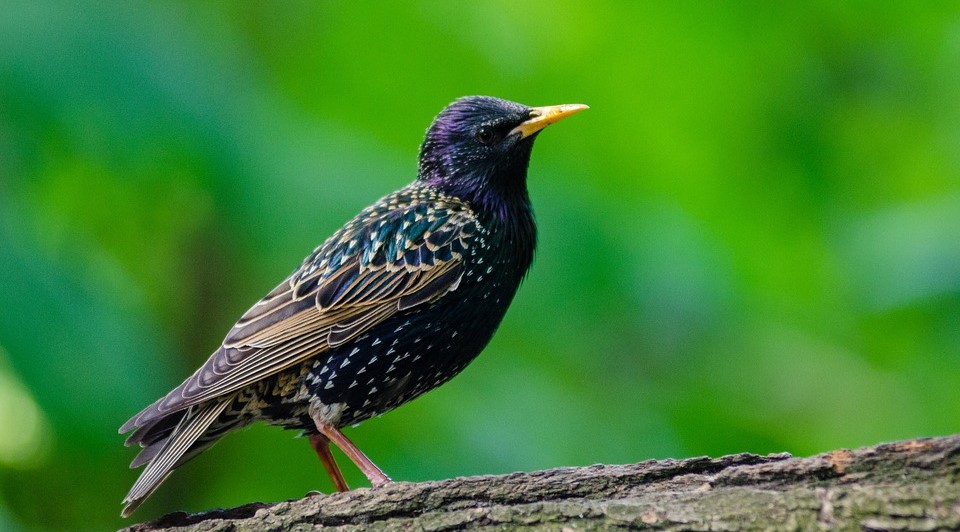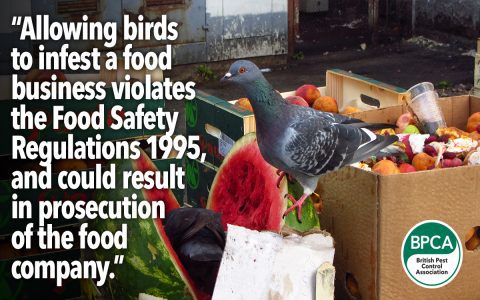European starlings (Sturnus vulgaris) are an invasive species known for causing significant agricultural damage, creating messes with their droppings, displacing native bird species, and potentially transmitting diseases. Effective control often requires a persistent and integrated approach.
Key Control Strategies
A combination of methods is usually most effective due to starlings' adaptability. Consider the specific situation, local regulations, and non-target species impact.
Exclusion Methods
Preventing physical access is often the most permanent solution.

- Netting: Install durable bird netting (typically 3/4-inch to 1-inch mesh) to block starlings from entering structures, roosting areas like eaves or under canopies, and protecting fruit crops. Ensure professional installation for effectiveness and to prevent trapping birds.
- Physical Barriers: Use bird spikes, tensioned wires, or angled sheathing (bird slopes) on ledges, beams, signs, and pipes to prevent landing and roosting.
- Sealing Entry Points: Close off openings to buildings, attics, vents, and soffits using hardware cloth, sheet metal, or wood. Starlings can exploit very small openings.
Deterrents
These methods aim to make an area unattractive or frightening to starlings.
- Visual Deterrents:
- Predator Decoys: Statues of hawks, owls, or falcons can be effective if moved regularly to prevent habituation.
- Reflective Surfaces: Mylar tape, flashing lights, or reflective spinning devices can disorient and scare birds.
- Lasers: Handheld or automated laser devices, particularly green lasers, can be effective at dispersing roosting flocks, especially at dawn and dusk. Check local regulations for laser use.
- Auditory Deterrents:
- Distress/Alarm Calls: Broadcasting recorded starling distress or predator calls can temporarily disperse flocks. Vary calls and timing to reduce habituation.
- Propane Cannons: Sound-producing devices that create loud bangs. Best for agricultural areas due to noise; check local ordinances.
- Ultrasonic Devices: Generally have limited proven effectiveness against starlings in outdoor environments.
- Tactile Repellents: Sticky, non-toxic gels or pastes can make ledges uncomfortable for perching. Ensure products are environmentally safe and won't harm non-target species.
Habitat Modification
Making the environment less hospitable can reduce starling populations.
- Remove Food Sources: Secure trash cans, clean up spilled grain and animal feed, and avoid leaving pet food outdoors. In agricultural settings, implement timely harvesting and waste management.
- Reduce Water Sources: Eliminate standing water by improving drainage and repairing leaks.
- Modify Roosting Sites: Thin out dense tree canopies where starlings roost. Prune branches to reduce cover.
- Nesting Prevention: Proactively block potential nesting cavities in buildings or trees (outside of nesting season for native birds).
Trapping
Trapping can reduce local starling numbers but requires significant effort and adherence to humane practices.
- Live Traps: Various designs like decoy traps or funnel traps can be effective. Pre-baiting is often necessary.
- Handling and Disposal: Check local and state regulations regarding the humane euthanasia or disposal of trapped starlings. Relocation is generally not recommended or effective as they are an invasive species with strong homing instincts.
Chemical Control (Use with Extreme Caution)
Chemical repellents (e.g., methyl anthranilate) or avicides (toxicants) are available but often have strict regulations and require professional licensing. Their use poses risks to non-target species and the environment. Always consult a licensed pest management professional before considering chemical options.
Integrated Pest Management (IPM)
An Integrated Pest Management (IPM) approach is crucial for long-term starling control. This involves:

- Monitoring: Regularly assess starling activity and damage.
- Combining Methods: Use multiple control tactics simultaneously or sequentially.
- Evaluation: Continuously evaluate the effectiveness of chosen methods and adapt as needed.
Legal Considerations
While European starlings are typically not protected by federal law in North America (as they are non-native and invasive), state or local ordinances regarding bird control methods, trapping, and disposal may apply. Always verify local regulations before implementing any control measures.







